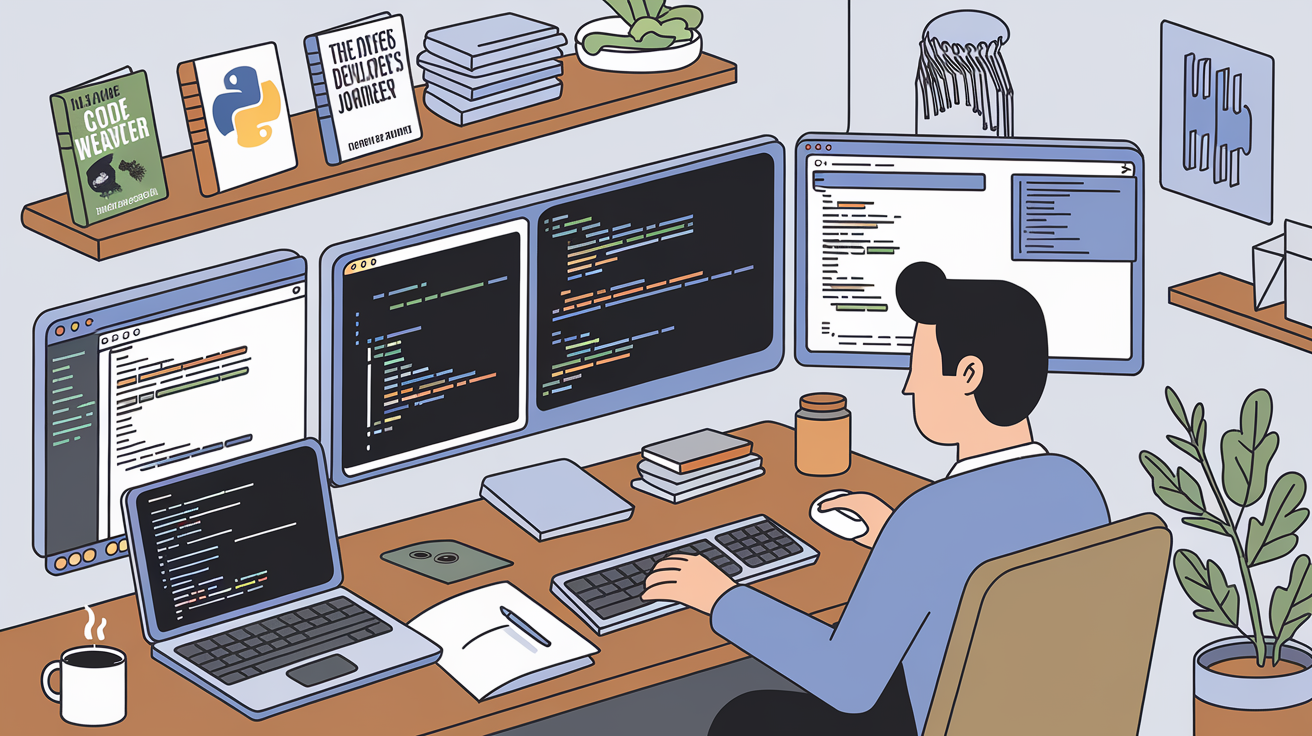
Mastering Python: The Versatile Language of the Backend.
Stepping into the world of backend development, one quickly realizes that while many languages vie for attention, Python often stands as the unassuming champion, much like that quiet kid in class who ends up running a Fortune 500 company. Its ubiquity isn't just a trend; it's a testament to its remarkable versatility and inherent simplicity, a combination that makes it an indispensable tool for crafting robust, scalable backend systems. Forget the flashy frontends for a moment; Python is the workhorse behind the curtain, diligently processing data, managing servers, and ensuring everything runs with the precision of a Swiss watch, albeit one that occasionally needs a good kick to get going.
My journey into backend mastery truly began with Python, a language that promised to be as intuitive as ordering a pizza, yet delivered the power of building the entire delivery platform. Its clean syntax, often described as executable pseudocode, significantly reduces the cognitive load, allowing developers to focus on logic rather than wrestling with arcane semicolons or verbose declarations. This readability isn't merely an aesthetic preference; it's a critical factor in team collaboration and long-term maintainability, because let’s be honest, deciphering someone else’s spaghetti code is a special kind of hell.